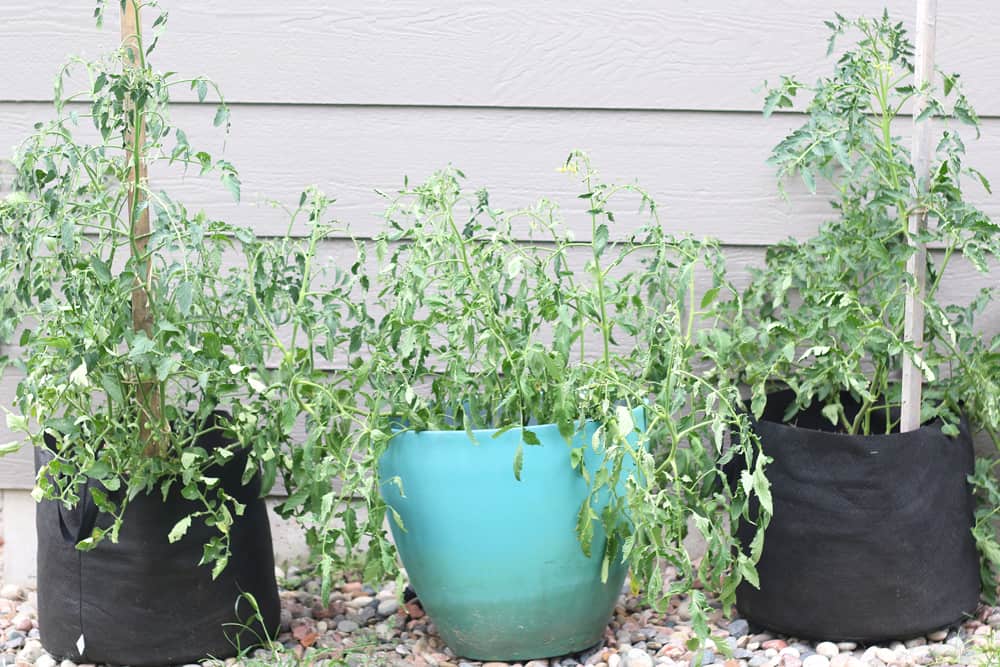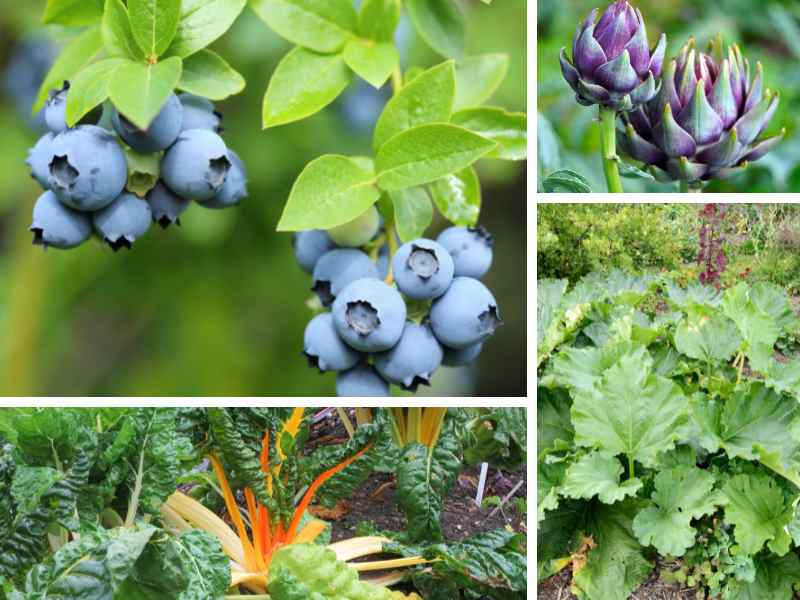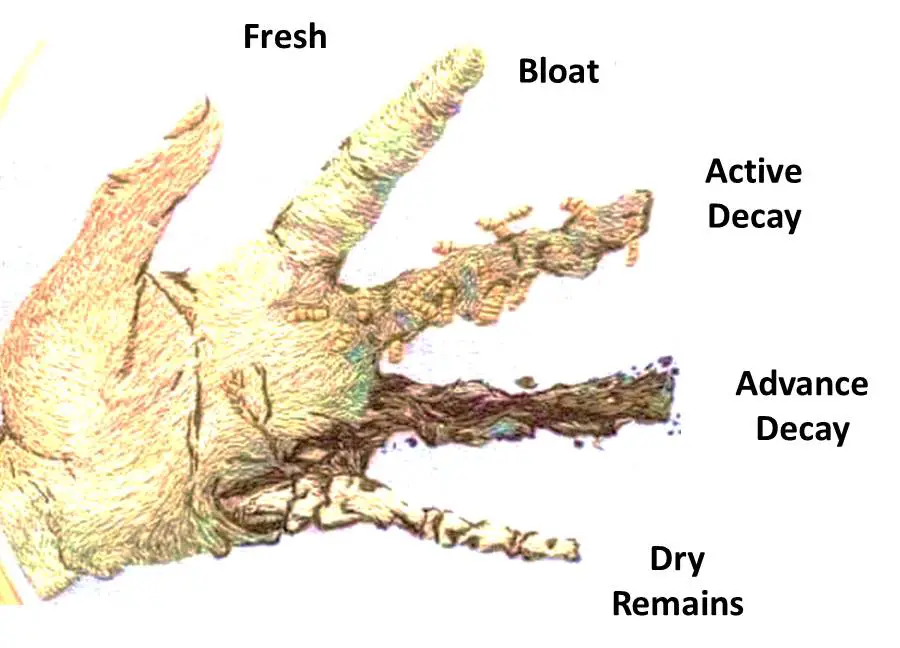
Introduction: The Joy of Homegrown Tomatoes
There’s nothing quite like the taste of a sun-ripened, homegrown tomato. The vibrant flavor, the juicy texture, the sheer satisfaction of knowing you nurtured it from a tiny seed – it’s an experience that elevates even the simplest meal. But what if you don’t have a sprawling garden? What if your outdoor space is limited to a balcony, a patio, or a small deck? Fear not! Growing organic tomatoes in containers is not only possible, but it’s also surprisingly rewarding. This comprehensive guide will walk you through every step, from choosing the right varieties to troubleshooting common problems, ensuring you enjoy a bountiful harvest of delicious, organic tomatoes.
Why Grow Tomatoes in Containers?
Container gardening offers numerous advantages, especially for urban dwellers or those with limited space. Here are a few compelling reasons to consider growing your tomatoes in pots:
- Space Efficiency: Containers allow you to grow tomatoes even in the smallest of spaces. A sunny balcony, a patio, or even a well-lit windowsill can become a thriving tomato garden.
- Mobility: You can easily move your tomato plants to chase the sun or protect them from harsh weather conditions. This is particularly beneficial in areas with unpredictable climates.
- Soil Control: Container gardening gives you complete control over the soil composition, ensuring your tomatoes receive the nutrients they need. You can use a high-quality organic potting mix specifically formulated for tomatoes.
- Pest and Disease Control: Raising your tomatoes off the ground in containers can help reduce the risk of soilborne pests and diseases. It also makes it easier to monitor your plants for any signs of trouble.
- Accessibility: Container gardening can be more accessible for people with physical limitations. You can raise the containers to a comfortable height, reducing the need to bend or kneel.
Choosing the Right Tomato Varieties for Containers
Not all tomato varieties are created equal when it comes to container gardening. Some varieties are naturally more compact and well-suited for growing in pots. Here’s a breakdown of the best types of tomatoes for containers:
Determinate vs. Indeterminate Tomatoes: Understanding the Difference
Before choosing your varieties, it’s crucial to understand the difference between determinate and indeterminate tomatoes:
- Determinate Tomatoes: These tomatoes grow to a specific size and produce all their fruit at once, typically over a period of a few weeks. They are bushier and more compact, making them ideal for containers. Examples include Roma, Celebrity, and Patio.
- Indeterminate Tomatoes: These tomatoes continue to grow and produce fruit throughout the growing season until frost kills them. They require staking or caging to support their growth. While you can grow indeterminate tomatoes in containers, you’ll need larger pots and more support. Examples include Beefsteak, Cherry, and Heirloom varieties.
Top Tomato Varieties for Container Gardening
Here are some excellent tomato varieties that thrive in containers:
- ‘Patio’ Tomato: As the name suggests, this determinate variety is specifically bred for container gardening. It produces small, sweet tomatoes on compact plants.
- ‘Roma’ Tomato: A classic determinate variety known for its meaty flesh and excellent flavor. It’s perfect for making sauces and pastes.
- ‘Celebrity’ Tomato: A popular determinate variety that produces large, flavorful tomatoes. It’s disease-resistant and relatively easy to grow.
- ‘Cherry’ Tomato: Indeterminate cherry tomatoes like ‘Sweet Million’ or ‘Sungold’ are prolific producers of small, sweet fruits. They require staking or caging.
- ‘Tumbler’ Tomato: A trailing variety that’s perfect for hanging baskets or containers. It produces small, sweet tomatoes that are ideal for snacking.
- ‘Micro Tom’ Tomato: The smallest tomato variety, growing only 6-8 inches tall. Perfect for very small spaces and windowsills.
Essential Supplies for Growing Tomatoes in Containers
Before you start planting, gather the necessary supplies to ensure a successful growing experience:
- Containers: Choose containers that are at least 20 inches in diameter and 24 inches deep for determinate varieties, and even larger for indeterminate varieties. Make sure the containers have drainage holes to prevent waterlogging.
- Potting Mix: Use a high-quality organic potting mix specifically formulated for vegetables. Avoid using garden soil, as it can compact and drain poorly in containers.
- Tomato Cage or Stake: Provide support for your tomato plants, especially indeterminate varieties, to prevent them from sprawling and breaking.
- Organic Fertilizer: Use a balanced organic fertilizer specifically formulated for tomatoes to provide essential nutrients.
- Watering Can or Hose: Water your tomato plants regularly, especially during hot, dry weather.
- Hand Trowel: Use a hand trowel to transplant seedlings and add fertilizer.
- Gardening Gloves: Protect your hands from dirt and potential irritants.
- Pruning Shears: Use pruning shears to remove suckers and prune your tomato plants.
Step-by-Step Guide to Planting Tomatoes in Containers
Follow these steps to successfully plant your tomato seedlings in containers:
- Choose the Right Time: Start your tomato seeds indoors 6-8 weeks before the last expected frost. Alternatively, purchase healthy tomato seedlings from a local nursery.
- Prepare the Containers: Fill the containers with high-quality organic potting mix, leaving a few inches of space at the top.
- Plant the Seedlings: Dig a hole in the potting mix that is large enough to accommodate the root ball of the seedling. Gently remove the seedling from its container and loosen the roots slightly. Place the seedling in the hole and backfill with potting mix.
- Bury Deep: Tomatoes are unique in that they can grow roots from their stems. Bury the stem of the tomato plant deeper than it was in its original container, up to the first set of leaves. This will encourage more root growth and a stronger plant.
- Water Thoroughly: Water the newly planted seedlings thoroughly, until water drains out of the drainage holes.
- Add Support: Install a tomato cage or stake to support the plant as it grows.
- Mulch: Add a layer of organic mulch, such as straw or wood chips, around the base of the plant to help retain moisture and suppress weeds.
Caring for Your Container Tomatoes: Watering, Fertilizing, and Pruning
Once your tomato plants are established, proper care is essential for a bountiful harvest:
Watering
Tomatoes need consistent watering, especially when grown in containers. Water deeply and regularly, aiming for about 1-2 inches of water per week. Check the soil moisture regularly by sticking your finger into the soil. If the top inch feels dry, it’s time to water. Avoid overwatering, as this can lead to root rot. Water early in the morning to allow the foliage to dry before nightfall, reducing the risk of fungal diseases.
Fertilizing
Tomatoes are heavy feeders and require regular fertilization. Use a balanced organic fertilizer specifically formulated for tomatoes. Follow the instructions on the fertilizer packaging for application rates and frequency. You can also supplement with compost tea or fish emulsion to provide additional nutrients.
Pruning
Pruning is essential for indeterminate tomato varieties to promote air circulation and fruit production. Remove suckers, which are the small shoots that grow between the main stem and the branches. Pinch them off when they are small to prevent them from diverting energy away from fruit production. For determinate varieties, pruning is less critical, but you can still remove any yellowing or diseased leaves.
Sunlight Requirements for Container Tomatoes
Tomatoes need at least 6-8 hours of direct sunlight per day to thrive. Choose a location for your containers that receives ample sunlight. If you live in a particularly hot climate, you may need to provide some afternoon shade to prevent the plants from overheating. If you don’t have a sunny spot, consider using grow lights to supplement the natural light.
Protecting Your Tomatoes from Pests and Diseases
Container tomatoes are susceptible to various pests and diseases. Here are some common problems and how to address them:
Common Pests
- Aphids: These small, sap-sucking insects can weaken your tomato plants. Control them by spraying with insecticidal soap or neem oil.
- Tomato Hornworms: These large caterpillars can quickly defoliate your tomato plants. Handpick them off the plants and dispose of them.
- Spider Mites: These tiny mites can cause yellowing and stippling on the leaves. Increase humidity and spray with insecticidal soap or neem oil.
- Whiteflies: These small, white, flying insects can suck sap from your tomato plants. Trap them with yellow sticky traps or spray with insecticidal soap.
Common Diseases
- Early Blight: This fungal disease causes dark spots on the leaves, starting from the bottom of the plant. Remove infected leaves and spray with a copper-based fungicide.
- Late Blight: This fungal disease can quickly kill your tomato plants. It causes dark, water-soaked lesions on the leaves and stems. Remove infected plants and spray with a copper-based fungicide.
- Septoria Leaf Spot: This fungal disease causes small, circular spots on the leaves. Remove infected leaves and spray with a copper-based fungicide.
- Blossom End Rot: This physiological disorder is caused by calcium deficiency. Ensure consistent watering and add calcium to the soil.
Organic Pest and Disease Control Methods
Here are some organic methods for controlling pests and diseases in your container tomato garden:
- Neem Oil: A natural insecticide and fungicide that can control a wide range of pests and diseases.
- Insecticidal Soap: A safe and effective way to control aphids, spider mites, and whiteflies.
- Copper-Based Fungicide: An organic fungicide that can control early blight, late blight, and septoria leaf spot.
- Bacillus thuringiensis (Bt): A biological insecticide that is effective against tomato hornworms.
- Companion Planting: Plant basil, marigolds, or other beneficial plants near your tomatoes to repel pests.
- Good Air Circulation: Ensure good air circulation around your tomato plants to prevent fungal diseases.
- Remove Infected Leaves: Regularly inspect your tomato plants and remove any infected leaves to prevent the spread of disease.
Harvesting Your Container Tomatoes
The moment you’ve been waiting for! Knowing when to harvest your tomatoes is crucial for optimal flavor. Tomatoes are typically ready to harvest when they are fully colored, slightly soft to the touch, and easily detach from the vine. Gently twist the tomato to remove it from the plant. The taste of a freshly picked, sun-ripened tomato is unlike anything you can buy in a store.
Troubleshooting Common Problems
Even with the best care, you may encounter some challenges when growing tomatoes in containers. Here are some common problems and their solutions:
- Yellowing Leaves: This can be caused by overwatering, underwatering, nutrient deficiency, or disease. Check the soil moisture, fertilize regularly, and inspect the plants for signs of disease.
- Blossom Drop: This is when the tomato flowers fall off the plant without producing fruit. It can be caused by temperature stress, poor pollination, or nutrient deficiency. Ensure consistent watering, provide afternoon shade, and fertilize regularly.
- Cracked Fruit: This can be caused by inconsistent watering or temperature fluctuations. Water regularly and protect the plants from extreme temperature changes.
- Small Fruit: This can be caused by nutrient deficiency, insufficient sunlight, or overcrowding. Fertilize regularly, ensure ample sunlight, and thin out the plants if necessary.
Extending the Growing Season
If you live in an area with a short growing season, you can extend the season by using various techniques:
- Starting Seeds Indoors: Start your tomato seeds indoors 6-8 weeks before the last expected frost to get a head start on the growing season.
- Cold Frames or Greenhouses: Use a cold frame or greenhouse to protect your tomato plants from frost and extend the growing season.
- Row Covers: Use row covers to protect your tomato plants from frost and cold weather.
- Choosing Early-Maturing Varieties: Select tomato varieties that mature quickly to ensure a harvest before the first frost.
Creative Container Ideas
Get creative with your container choices! You don’t have to stick to traditional pots. Here are some ideas:
- Fabric Pots: These breathable pots promote healthy root growth and prevent root binding.
- Self-Watering Containers: These containers have a built-in reservoir that provides consistent moisture to the plants.
- Hanging Baskets: Perfect for trailing tomato varieties like ‘Tumbler’.
- Repurposed Containers: Use old buckets, tubs, or even tires as containers. Just make sure they have drainage holes.
Conclusion: Enjoying Your Homegrown Tomatoes
Growing organic tomatoes in containers is a rewarding experience that allows you to enjoy the taste of homegrown tomatoes, even if you have limited space. By following these tips and guidelines, you can cultivate a thriving tomato garden and savor the delicious fruits of your labor. From juicy cherry tomatoes for snacking to meaty Roma tomatoes for sauces, the possibilities are endless. So, grab your supplies, choose your favorite varieties, and get ready to experience the joy of homegrown tomatoes!



